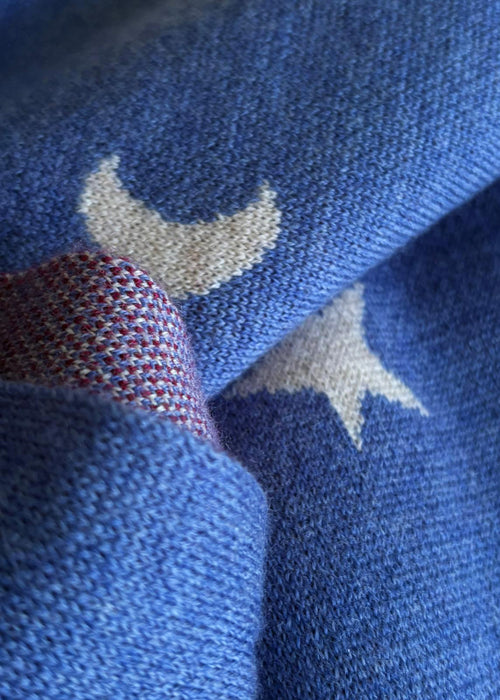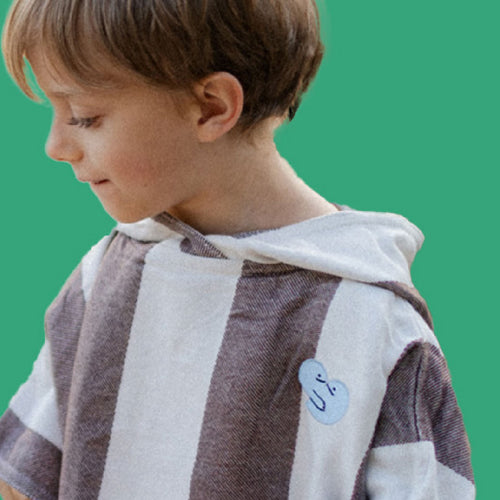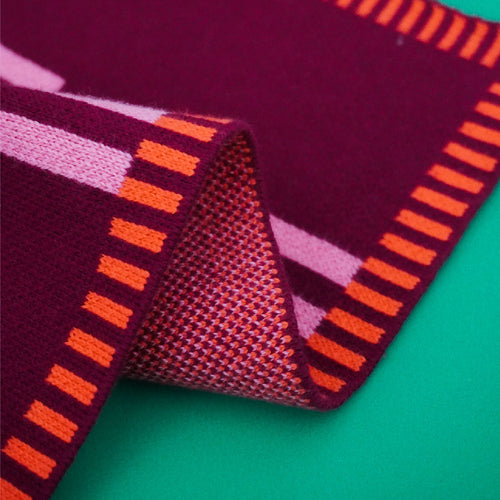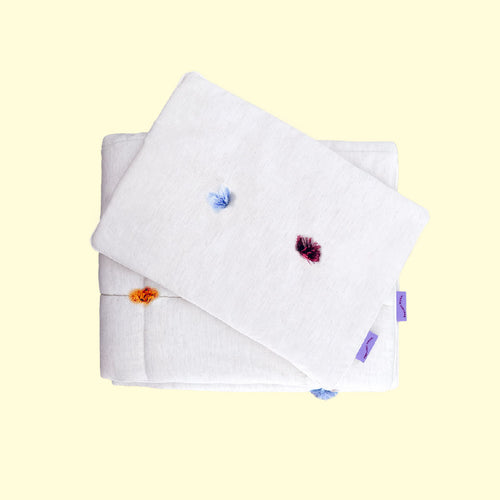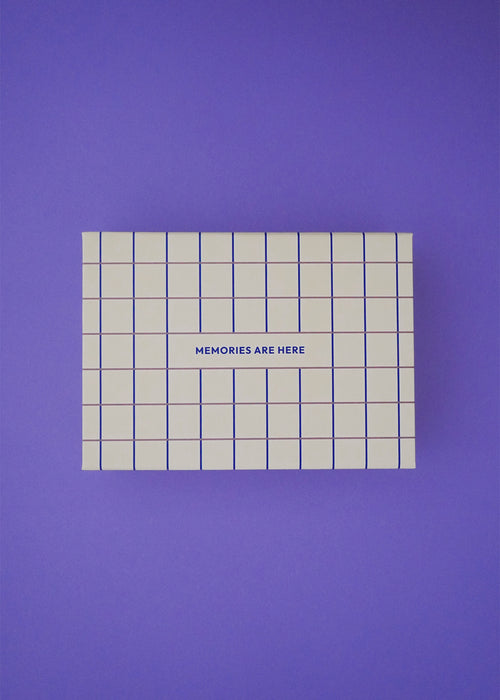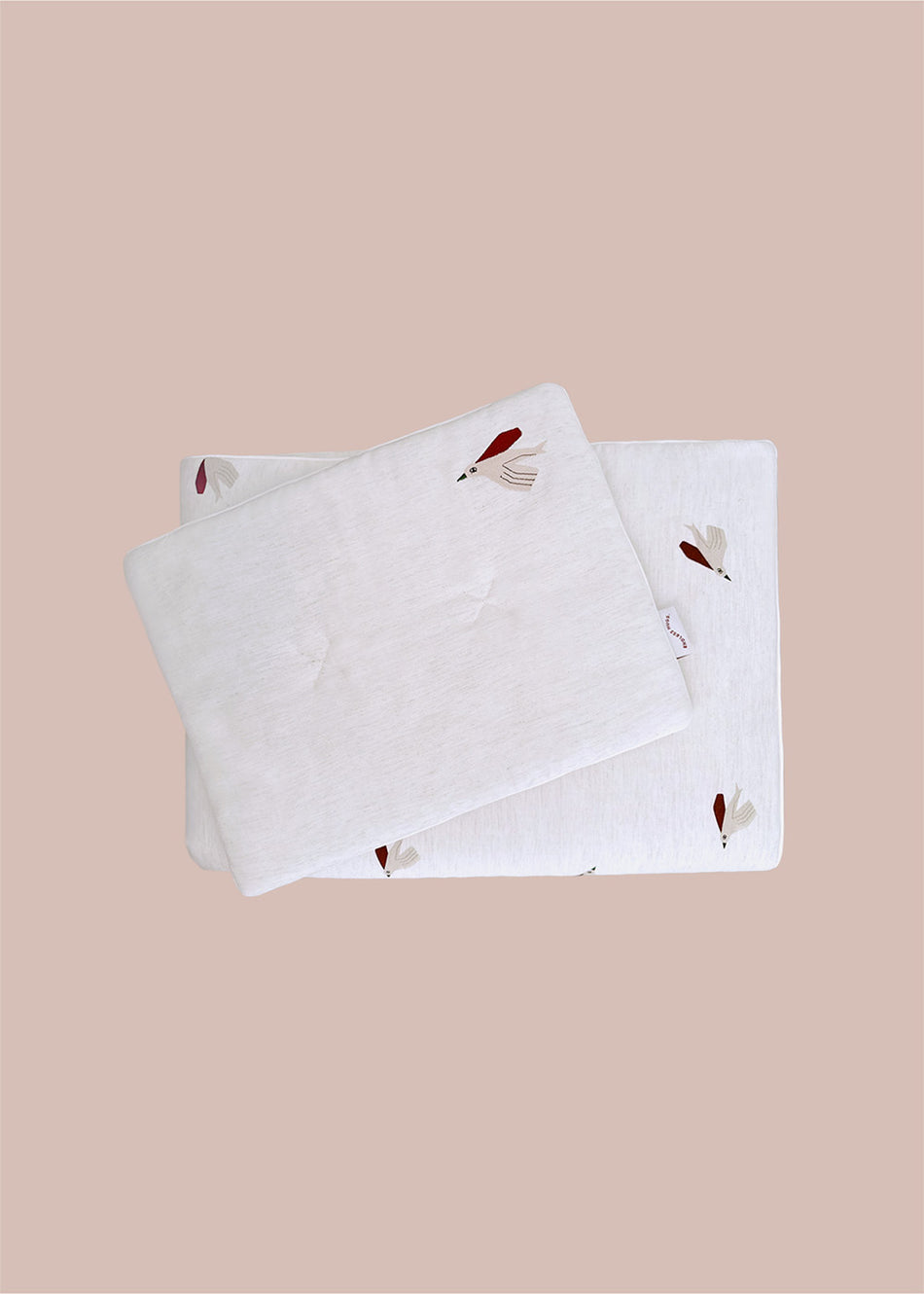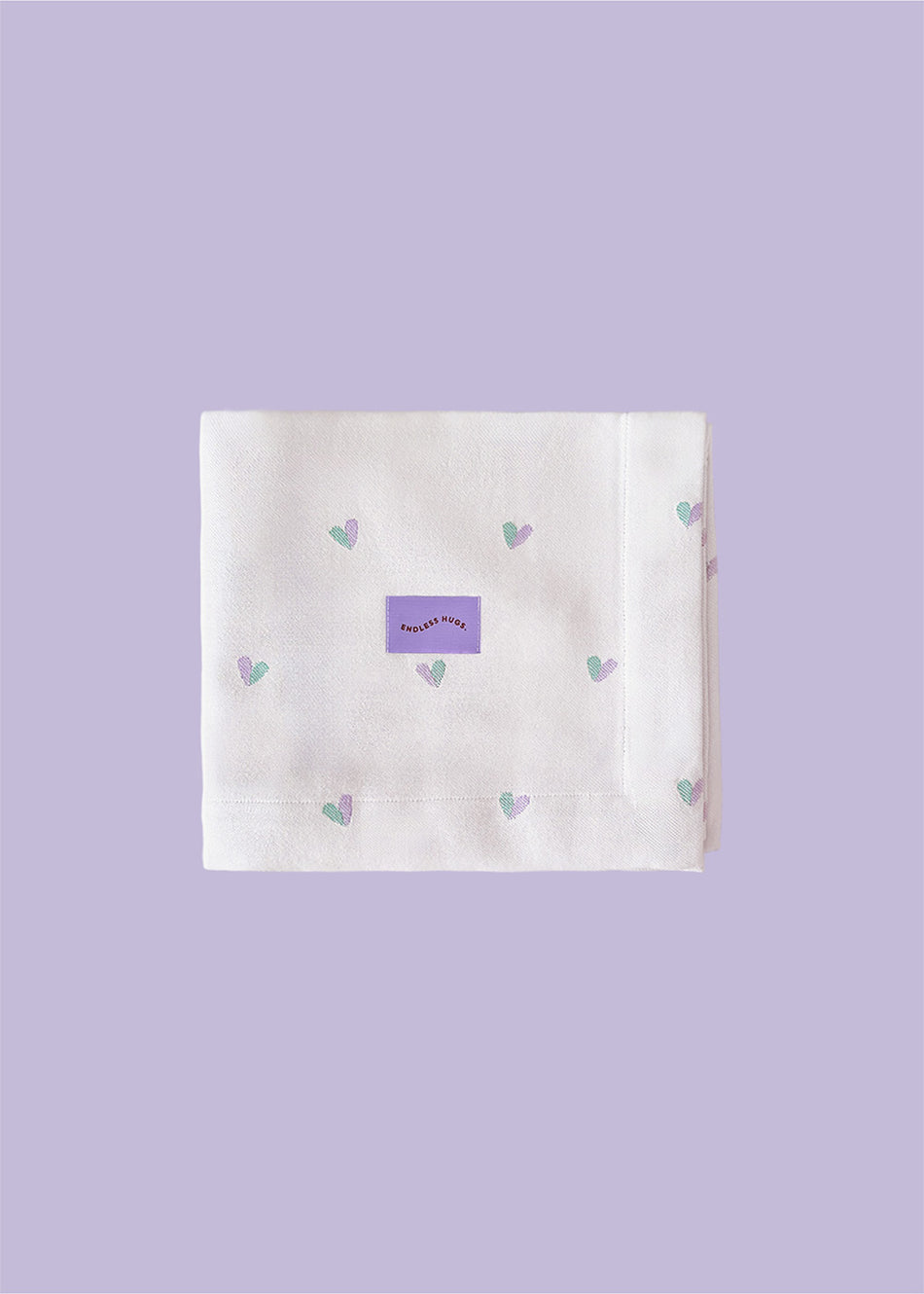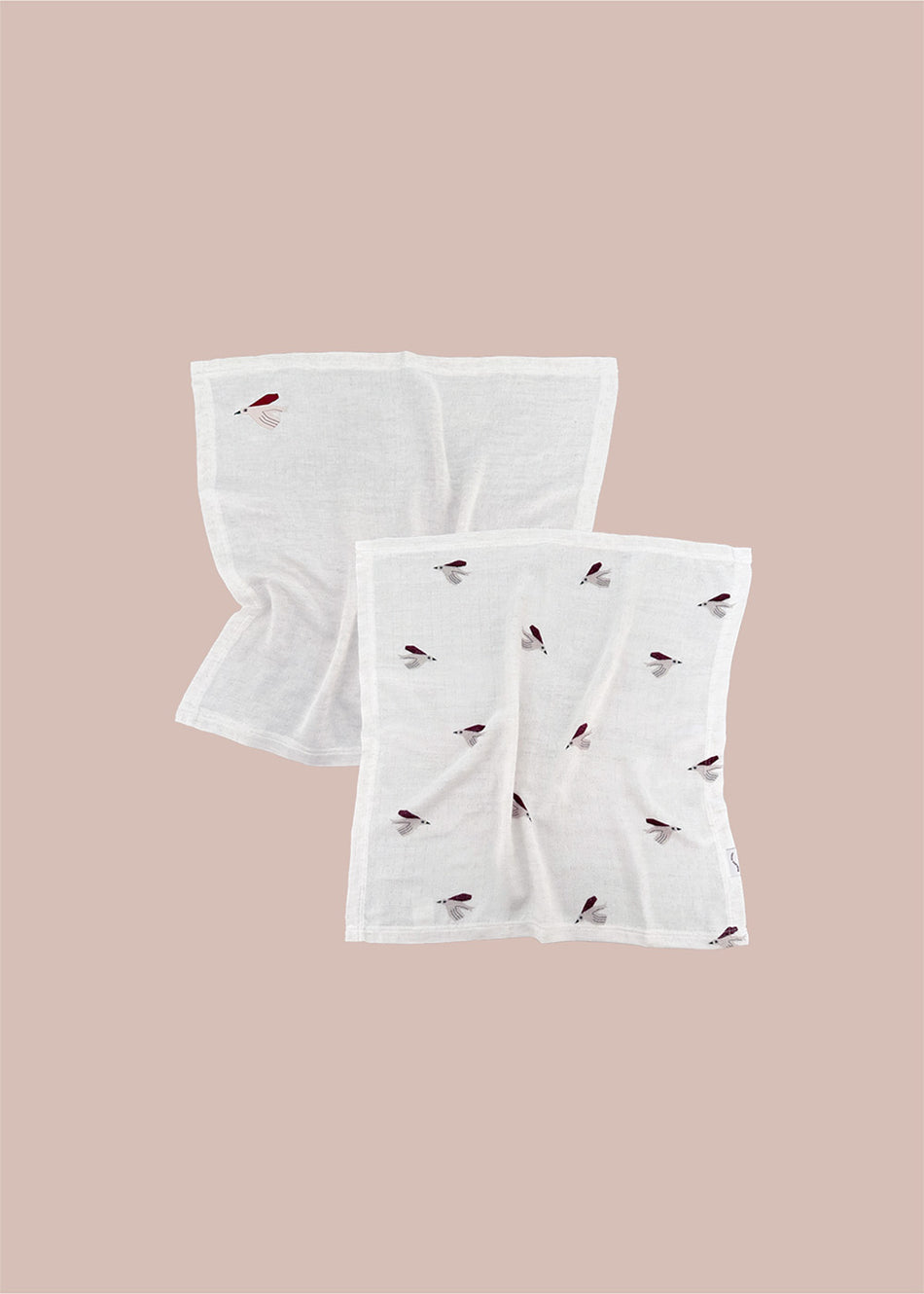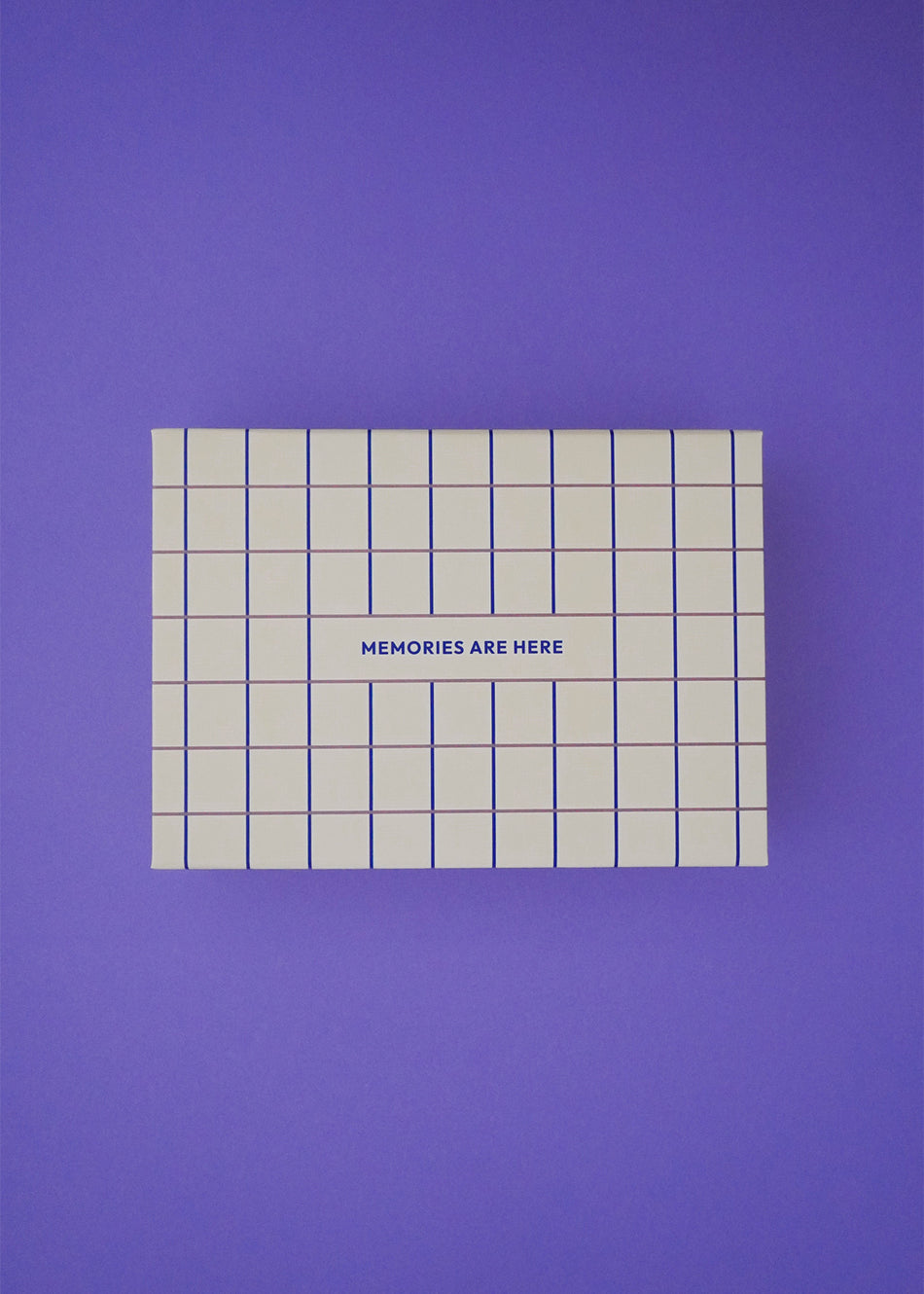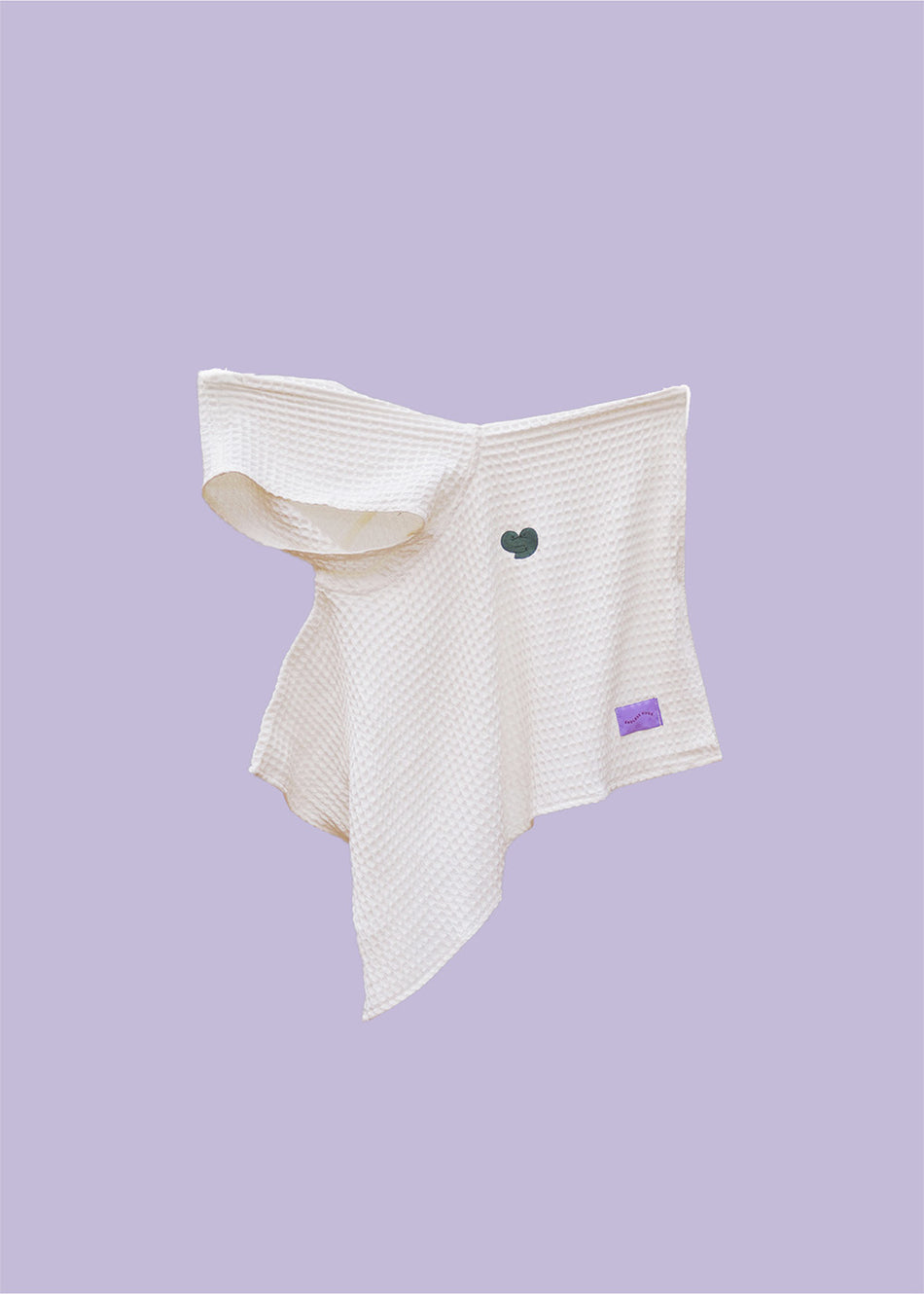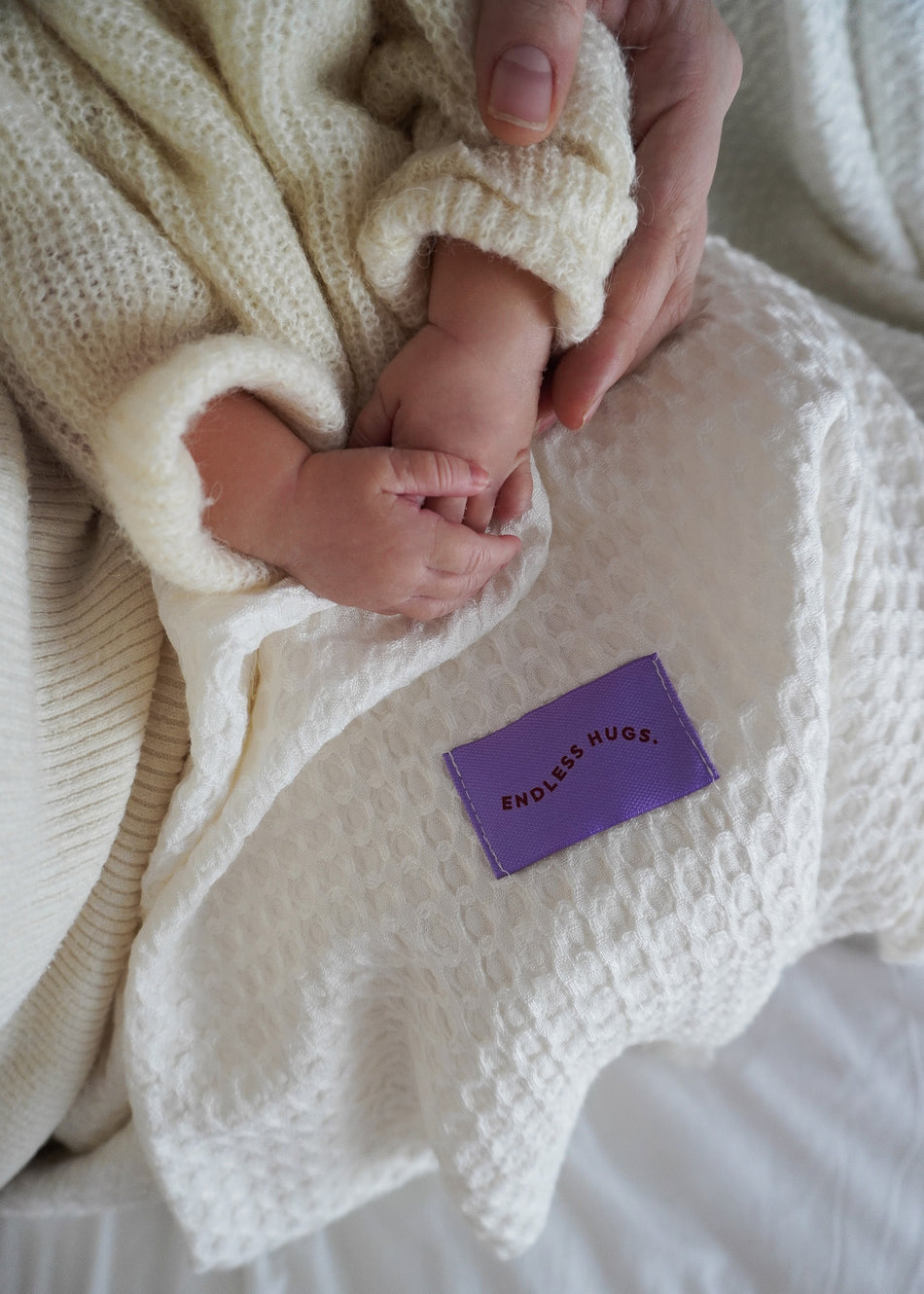Toddler Sleep - How to Create the Perfect Atmosphere for Healthy Rest
A good night's sleep is a true treasure – especially when it comes to our little ones. As a mother of two, I vividly remember those nights when I would have given anything for even one hour of peaceful sleep from my infant. However, research shows that it's during sleep that a child's brain processes all the experiences of the day, and the body regenerates and grows. Therefore, quality sleep for a baby not only means a more peaceful life for the parents (though that's important too!), but above all, it contributes to the child's healthy development.
What continues to fascinate me is how the environment in which a child falls asleep has a huge impact on sleep quality. The right room temperature, soft materials that envelop their bodies, and a peaceful bedtime ritual all create the perfect atmosphere for restful relaxation. In this article, I'll share with you proven methods for creating conditions conducive to healthy sleep for your little ones, based not only on my own experience but also on the recommendations of the American Academy of Pediatrics (Owens, 2014), the American Academy of Sleep Medicine (Paruthi et al., 2016), and research from the National Sleep Foundation (Hirshkowitz et al., 2015), which all consistently indicate that a proper sleep environment plays a crucial role in a child's development.
Why is the quality of a child's sleep so important for their development?
Sleep isn't just a time of rest—it's a time of intense activity for a child's developing body. During sleep, growth hormone is produced, the immune system is strengthened, and the brain organizes information gathered during the day. Experts from the American Academy of Pediatrics (AAP) emphasize that children who get adequate hours of sleep and good quality sleep develop faster, concentrate better, and are less likely to get sick. The National Sleep Foundation shares similar findings, pointing out that regular, uninterrupted sleep in childhood supports both cognitive and emotional development.
Research also shows that the sleep habits we develop in childhood can impact the quality of our rest in adulthood. Therefore, it's important to take care of your little one's sleep hygiene from the first days of life, creating a comfortable environment and establishing a regular daily rhythm.
Interestingly, children experience significantly more deep sleep phases than adults—this is when their bodies regenerate most. Interrupting this cycle can lead to irritability, difficulty concentrating, and even impact the body's immune system.
What temperature in a child's room promotes healthy sleep?
The optimal temperature in a child's room is one of the key factors influencing sleep quality. According to experts, the ideal temperature for infants and young children is 18-21°C. This is a bit lower than you might think, but research confirms that slightly cooling the body promotes deep sleep.
It's worth getting a room thermometer to help maintain optimal temperature. Remember that an overheated baby may be restless, wake frequently, or have a light sleep. Conversely, a temperature that's too low can cause discomfort and disrupt rest.
What is the importance of natural fabrics in children's bedding?
Choosing the right materials for children's bedding is not only a matter of comfort, but also safety and health. Natural fabrics like cotton and bamboo have a number of advantages that make them ideal for contact with a child's delicate skin.
Bamboo bedding is becoming increasingly popular, and for good reason! This material is incredibly soft, wicks moisture away perfectly, and regulates body temperature. Furthermore, bamboo fibers have natural antibacterial and antifungal properties, making them an excellent choice for children with allergies or skin irritations.
When choosing bedding for children, it's worth considering certifications such as OEKO-TEX Standard 100 Class 1, which guarantees that the material is free from harmful substances and safe for even the youngest children. Polish products often meet these high standards, and we also support domestic production.
How to create a daily rhythm that supports healthy sleep for your baby?
A daily rhythm provides a child with a sense of security and predictability. Regular mealtimes, naps, and bedtimes help a child's body become accustomed to specific patterns, making it easier to fall asleep and improving the quality of their sleep.
Establishing a bedtime ritual is a proven way to calm your little one and prepare them for rest. This could include a gentle bath, a massage, reading a book, or singing a lullaby. It's important that these activities occur in a similar order each day – the child's brain will quickly learn that this ritual is followed by sleep.
It's also worth paying attention to your child's activity levels during the day – the right amount of movement and stimulation during the day promotes healthy fatigue and better sleep at night. However, remember to avoid intense play right before bedtime, as it can overstimulate your little one.
Does swaddling help your baby sleep better?
Swaddling is a technique that can be a real lifesaver, especially for parents of newborns and younger infants. Gently wrapping a baby in a swaddle gives them a sense of security similar to that experienced in their mother's womb. Studies show that swaddled babies have fewer Moro reflexes (jerky hand movements), which often wake them from sleep.
When choosing a swaddle, pay attention to the material – it should be soft, breathable, and appropriate for the season. Bamboo swaddles are particularly appreciated by parents for their softness, thermoregulatory, and antibacterial properties.
Remember, however, that swaddling is only recommended until your baby begins to roll over on their own (usually around 4-5 months of age). After that, it's best to switch to a sleeping bag, which will provide safety and comfort.
What lighting helps children fall asleep?
Adequate lighting in a child's room is an often-overlooked, yet crucial, element of sleep hygiene. Our bodies produce melatonin—the sleep hormone—in response to darkness. Bright light, especially blue light (emitted by electronic device screens), inhibits melatonin production, making it difficult to fall asleep.
One to two hours before bed, it's a good idea to dim the lights in your home and use lamps with a warm, yellowish glow. Red or orange nightlights are the best choice if your child requires minimal lighting during sleep – they interfere with melatonin production the least. However, it's best to have complete darkness in the room, as this is most conducive to restorative and healthy sleep.
During the day, let natural light enter the child's room - this will help establish the child's circadian rhythm correctly.
How does noise and sounds affect the quality of a child's sleep?
The sound environment has a huge impact on a child's sleep. Contrary to popular belief, perfect silence isn't always the best solution—many babies sleep better with a gentle, constant background noise that reminds them of the sounds of their mother's womb.
White noise can help mask sudden sounds that might wake your child. Special white noise machines, phone apps, or even a simple fan can create a pleasant soundscape that promotes deep sleep.
However, excessively loud sounds should be avoided – the white noise level should not exceed 50 decibels to protect the baby's sensitive hearing. It's equally important to avoid sudden, startling sounds that can wake the baby from a deep sleep.
Can a blanket or cuddly toy help a baby sleep better?
A cuddly toy or a favorite blanket can become a transitional object for a child, providing a sense of security and helping them fall asleep independently. Child psychologists emphasize the value of such items in building children's ability to independently regulate their emotions and cope with separation from their parents.
When choosing a blanket for your baby, it's worth choosing natural materials that are soft, pleasant to the touch, and safe. Bamboo blankets are particularly valued for their exceptional softness and thermoregulatory properties – they prevent overheating while providing cozy warmth.
However, it's important to remember that for safety reasons, no additional items, including stuffed animals or blankets, should be placed in a baby's crib until they are 12 months old. These items should only be introduced when the child is able to move the item away on their own.
How does the quality of a mattress affect a child's sleep?
A mattress is the foundation of healthy sleep—literally and figuratively. Proper support during sleep is crucial for proper spine development. A mattress should be medium-firm—firm enough to provide support, but soft enough to be comfortable.
It's worth paying attention to the materials a mattress is made from. The best are those with quality certificates guaranteeing the absence of harmful chemicals. Mattresses made from natural materials, such as coconut fiber or latex, are becoming increasingly popular, as they are hypoallergenic and wick away moisture well.
Let's also remember to regularly air and clean the mattress - moisture and dust can not only disturb the comfort of sleep, but also lead to the development of dust mites and mold, which is especially dangerous for children with a tendency to allergies.
How to create an effective evening ritual for your child?
A bedtime ritual is a sequence of calming activities that help a child transition from an active day to a restful night. Research shows that children who have a consistent bedtime ritual fall asleep faster and wake up fewer times during the night.
A good ritual should be simple, pleasant, and repeatable. It might include a bath with a gentle massage, changing into comfortable pajamas, reading a book together, singing a lullaby, or simply cuddling. It's important that these activities occur in a similar order and at a similar time each day.
The ritual doesn't have to be long—15-30 minutes is enough to prepare your child for sleep. The key is to calm them down and limit stimuli—dimming the lights, putting away electronics, and speaking in a calm, quiet voice.
How to deal with sleep problems in children?
Sleep problems affect many children and can be a real challenge for the entire family. Difficulty falling asleep, frequent waking, or early mornings can have various causes—from developmental milestones, to unhealthy habits, to health issues.
The first step should be to analyze your child's sleep hygiene—whether bedtime is regular, whether the environment is conducive to rest, and whether the child is not overstimulated before bed. Sometimes, small changes, like earlier bath time or introducing white noise, can make a significant difference.
If sleep problems persist despite these changes, it's worth consulting a pediatrician or pediatric sleep specialist. Some difficulties may stem from undiagnosed health issues, such as reflux or allergies, that require appropriate intervention.
Why are Polish sleep products a valuable choice for your child?
When choosing sleep products for our children, more and more parents are consciously choosing Polish-made products. And this isn't just a matter of economic patriotism – there are specific advantages to Polish products.
It's also worth noting that Endless Hugs creates products that are not only beautiful and functional but also durable. By investing in Polish bedding, blankets, and swaddles, we're investing in products that can last for years and often be passed down to younger siblings.
Sleep is one of the most precious gifts we can give our children. By caring for the quality of the materials our little ones surround themselves with during their sleep, we invest in their health, development, and well-being. Remember, creating the perfect sleep environment is not a luxury, but a fundamental need that will benefit our children in many ways.

